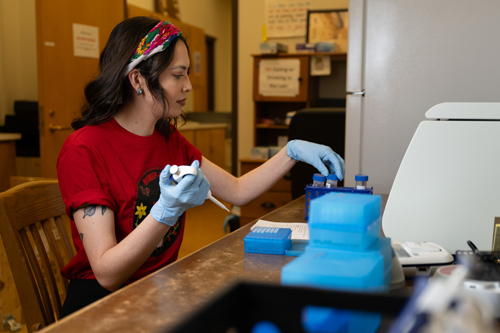By Tom C. Nguyen, MD, Barbara C.S. Hamilton, MD, MAS, and Mohammed Dairywala
(originally published on Career Blog from The Society of Thoracic Surgeons; Dr. Nguyen is available to discuss this topic.)
Despite the obvious parallels to high-performance sports, cardiothoracic surgery as a specialty has been slow to openly talk about the physical suffering that surgeons endure. Athletes train intently, perfecting their strength and flexibility to best execute the required movements; every tweak and twinge are examined, and every injury is immediately rehabilitated.
Early career surgeons and trainees, however, simply accept the classic posture of the senior surgeon—hunched back, forward head posture. Most of us suffer, usually in silence, through increasingly common musculoskeletal pain involving our necks, backs, shoulders, and arms. As minimally invasive surgery becomes ever more common, so do even more contorted hand and limb positions and awkward neck angles.
Obtaining healthy ergonomics as a surgeon can be broken down into three buckets: our body position while operating, the equipment, and the preparation and recovery we give our bodies outside of the OR. Ultimately, the goal is to operate with as close to a neutral body posture as possible, use equipment that limits physical stress on our bodies, and regularly strengthen and stretch our muscles and joints. The following can be considered to prevent or improve musculoskeletal issues originating in the OR.
Neutral Body Position while Operating
- Neck: Avoid rotation and do not tilt more than 15°.
- Back: Do not flex or extend the spine. Shift your weight occasionally from one foot to the other.
- Shoulder and arms: Limit hand reach to a maximum of 16″ – 18″, keep hands between your waist and the middle of your chest, and position the angle of your elbows between 90° and 120°.
Equipment Considerations
- Table height: Adjust to 70-80% of elbow height
- Loupes: Weight (as light as possible) and angle of declination (to maintain as close to a neutral head position that you find comfortable)
- Headlight: Weight and brightness
- Monitors: These are usually placed too high and far away. The monitors should be 80 cm – 120 cm from your eyes between eye and hand level. Ensure that the monitors are high definition to reduce eye strain.
- Lighting: Optimal lighting to reduce eye strain
- Stepping stools: Ensure you have a sufficient stepping area to avoid compromising your foot balance.
- Lead Aprons: Appropriate sizing and construction
Strengthening and Stretching Routine
- Time required: Roughly 12 minutes
- Equipment needed: None.
- Do circuit training of stretching and strengthening exercises. Rest for 30 seconds between each set and repeat the circuit three times.
Set 1: Stretching exercises
- Sternocleidomastoid muscle – Tilt your ear to shoulder; hold for 5-10 breaths on each side.
- Chin tucks – Keep your shoulders still, face forward, pull your chin back without tilting your face, then release and allow your chin to float forwards. Repeat 5-10 times.
- Shoulder stretch – Cross one arm across your chest and push gently on your elbow with the other arm for a deep stretch; hold 2-5 breaths each side.
Set 2: Strengthening exercises
- Squats – Adjust your feet shoulder width apart with your toes facing forward. Squat until your thighs are parallel to the floor. Do 15 reps with an optional hold.
- Mountain climbers – Using a tall plank position, engage your core, and alternate bringing each knee up to your chest. Continue for 60 seconds. Consider increasing your speed to increase your heart rate.
- Glute bridge – Lying on your back, bend your knees and keep your feet flat on the floor. Push your hips up until your knees, hips, and shoulders are in straight line. Do 15 reps.
Set 3: Stretching exercises
- Trapezius stretch – Sitting on a chair, use one hand to hold the seat the other to gently pull your head to the opposite side stretching your ear to the opposite shoulder. Hold for 15 seconds on each side.
- Levator scapulae stretch – Bend your arm and place your hand on the ipsilateral shoulder so your elbow is pointed upwards. Look down toward your opposite hip. Place your opposite hand behind your head and gently pull down to deepen the stretch. Hold for 15 seconds on each side.
- Cat-cow – Start on your hands and knees with a neutral spine. Inhale and arch your back, looking up (cow position), then exhale and round your back (cat position). Repeat for 10 slow breaths.
We love what we do, and we have worked hard to be able to do it; ideally, we should be able to operate until we decide we are ready to stop. Just as athletes pay attention to the needs and demands of their own bodies to allow themselves to maintain consistency, excellence, and longevity, so should we.
The opinions expressed in this article are those of the author and do not necessarily reflect the views of The Society of Thoracic Surgeons.


